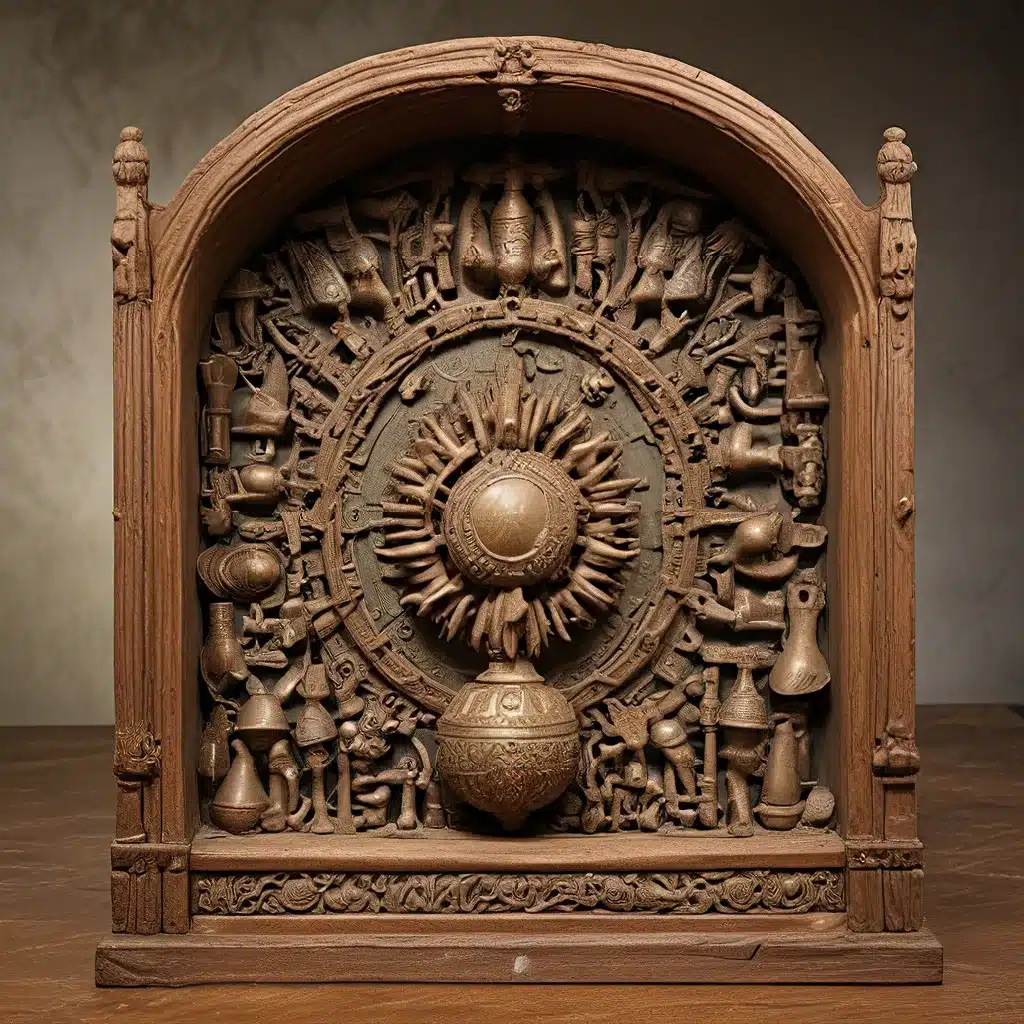
In the captivating realm of ancient history, archeological discoveries have long been the keys that unlock the mysteries of bygone civilizations. From the unearthing of lost cities to the uncovering of priceless artifacts, each finding holds the potential to rewrite our understanding of the past and inspire new generations of curious minds. This article delves into the thrilling world of archeological exploration, revealing the pivotal moments that have shaped our collective knowledge and the visionary individuals who have dedicated their lives to unraveling the secrets of the past.
The Rise of the Archeological Renaissance
Across the centuries, the pursuit of ancient relics has captivated the imaginations of scholars, adventurers, and the public alike. One such visionary individual who left an indelible mark on the field of archeology was the Holy Roman Emperor Maximilian I. Known for his keen interest in material relics of the Roman and medieval German past, Maximilian’s historical imagination was both creative and participatory, guiding his monumental projects and shaping the trajectory of archeological exploration.
Maximilian’s quest for the bones of the historical Siegfried in Worms and his apparent archeological drawing by Albrecht Dürer are just two examples of the emperor’s deep fascination with the physical remnants of the past. This participatory approach to archeology, where the ruler actively engaged with the material culture of his domains, stood in contrast to the more objective and distancing methods of later eras.
The Neoclassical movement that emerged in the 18th century further fueled the public’s interest in ancient civilizations. Driven by a renewed appreciation for classical art and architecture, this artistic and intellectual renaissance sparked a surge in archeological exploration, as scholars and enthusiasts sought to uncover the lost splendor of the ancient world. The excavations of Pompeii and Herculaneum, for instance, captivated the European imagination, leading to a rediscovery of Greco-Roman culture and its enduring influence on Western civilization.
Unveiling the Secrets of the Past
As the archeological landscape continued to evolve, new technologies and scientific methods have transformed the way we examine and interpret the remnants of ancient cultures. Ground-penetrating radar, 3D scanning, and aerial photography have all played a crucial role in the identification and preservation of archeological sites, enabling researchers to uncover details that would have been invisible to the naked eye.
One of the most captivating recent discoveries in the field of archeology is the unearthing of the long-lost city of Vinicius, a thriving metropolis that flourished during the height of the Roman Empire. The Lost Kingdoms website has extensively covered the excavation and ongoing research surrounding this remarkable find, shedding light on the daily life, architectural marvels, and cultural practices of a civilization that had been lost to time for centuries.
Deciphering the Mysteries of Ancient Cultures
Beyond the physical artifacts recovered from archeological sites, the interpretation and analysis of these relics have also evolved significantly over time. Advanced techniques in isotope analysis, DNA testing, and radiocarbon dating have enabled researchers to uncover new insights about the diets, migrations, and lifestyles of ancient peoples, providing a deeper understanding of their cultural practices and social structures.
The discovery of the Terracotta Warriors in China, for example, has captivated the imagination of scholars and the general public alike. Through meticulous examination and innovative research methods, archeologists have been able to reconstruct the intricate details of this remarkable funerary army, shedding light on the political and military prowess of the Qin Dynasty and the sophisticated techniques employed by its skilled artisans.
Embracing the Future of Archeological Exploration
As the field of archeology continues to evolve, the future holds even more exciting prospects for the discovery and interpretation of ancient civilizations. Emerging technologies, such as drone mapping, artificial intelligence, and virtual reality, are transforming the way we explore and experience the remnants of the past, allowing us to uncover hidden details, recreate lost environments, and engage with the cultures that once thrived in these long-forgotten landscapes.
Moreover, the collaborative efforts between archeologists, historians, anthropologists, and other scholars have broadened our understanding of the complex interconnections that shaped the ancient world. By bridging the gap between various disciplines, we can gain a more holistic and nuanced perspective on the rich tapestry of human history and culture.
As we delve deeper into the mysteries of the past, the archeological renaissance continues to captivate and inspire us, reminding us of the boundless potential that lies within the remnants of bygone eras. Through the tireless efforts of dedicated researchers and the boundless curiosity of enthusiasts around the world, the splendor of archeological finds will continue to shine brightly, shedding light on the stories that have shaped our shared human experience.


